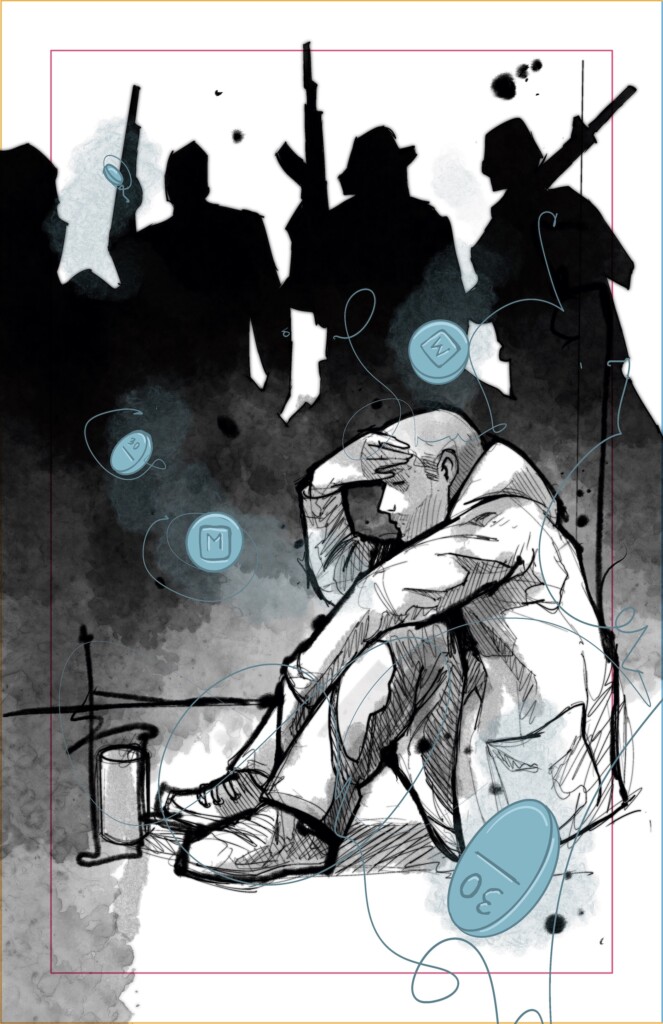Doing What You Love, and Loving What You Do
It’s not uncommon for people to discover that they want to change course in pursuit of a career, but mapping out a different career path can be challenging. How do you learn new skills? Who are your mentors? How can you network? Where are the jobs? Over a decade ago, Matt Watts embarked on an occupational journey that has led him to become an independent animator. The core ingredients of Matt’s success are relevant to any profession, and he also has specific advice for those interested in a career in animation.
Matt graduated from university with a degree in architecture but realized that his true passion was cartooning and that he wanted to pursue a career in animation. Matt had lots of enthusiasm for learning a new craft, but no guidebook outlining how to establish himself in the industry space and how to earn enough as an animator to support his family. Determination, perseverance and the support of his wife were three elements that have bolstered Matt’s success. He also made practical choices that taught him the necessary skills, introduced him to the right people and positioned him within the job market.
In the beginning, Matt said he took classes at Salt Lake Community College. “I did a lot of self-study—online courses—and I would go to Comic-Con and different conventions where professional artists were available to look at my stuff. I would show them my work and ask them how I could do better; and then I’d go and work on that stuff for a year, come back and show them, and get more feedback from them. Actually, I’ve been doing freelance, on the side, for about 12 years, and I was really blessed to get a job full-time with a training company [Above Training]. I got to draw for them, full-time, as an illustrator and animator for eight years.”
Matt’s job gave him practice, but his love of animation coupled with his singular ambition motivated him to thoroughly explore the capabilities of the Toon Boom Harmony animation software that he was using. Matt became a self-taught authority by reading “hundreds of pages of documentation of how the program works.” He managed to land a job at a Canadian animation studio where he was the only illustrator who did not go to animation school.
Matt and his family are now back in Utah, and Matt continues to develop his talent. In this podcast, Matt shares tips on how to become an animator. He gives advice on what software to master and the different ways that are available to learn new software, shares his experience of living and working in Canada, and explains how to find work in the animation industry.







